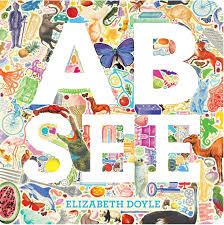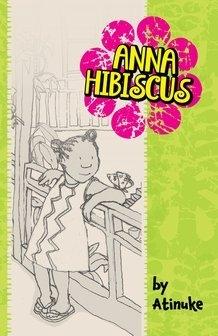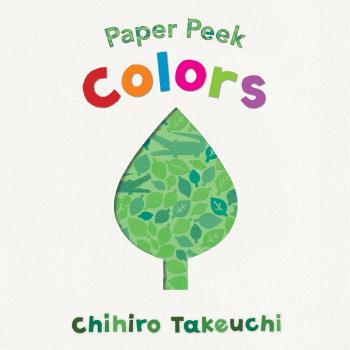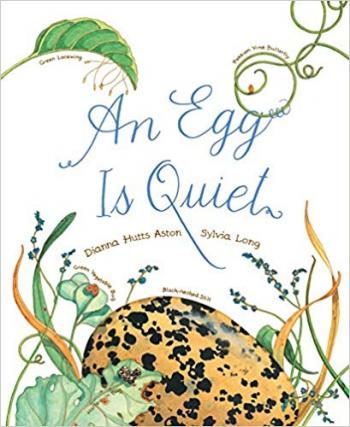
scrounge: /skrounj/ informal verb: to actively seek [books] from any available source
I've been away from NetGalley for a few years now, but was lured back in by the chance to read When Religion Hurts You: Healing from Religious Trauma and the Impact of High-Control Religion, by Laura E. Anderson.
When I was younger, I thought of the word "trauma" as a purely physical term. It's what can happen after a bad car accident, or a reason someone might go to the ER. Then I started seeing it used a lot more in an emotional/psychological sense. And lately, it's come with other modifiers attached, such as, in this case, "religious trauma." It seemed like a very dramatic term, and I wasn't sure how exactly it was applied and how someone determined whether they were suffering from it.
In that sense, this book was helpful. Anderson is a therapist and a survivor of what she refers to as a "High-Control Religion" or HCR, and while she references specific flavors of Christianity in her own story and others', she primarily speaks of HCRs in a general sense -- it seems fairly subjective as to whether a particular church or group could be considered an HCR, because personal experience is the key. And she explains this is also the case for trauma -- two people can experience similar things and one can be traumatized by it and the other won't be. So trauma is really about what the experience is for the person who's dealing with it.
With that in mind, she provides a general discussion of how the nervous system works and why our bodies can "remember" trauma even if we've tried to eradicate it from our thoughts and environments. She also discusses examples of religious trauma and its effects, such as purity culture, hierarchical relationships, anxieties about hell/punishment, etc., and gives some advice for taking baby steps to heal. I like how she emphasizes a big-picture view of healing -- that it's not about arriving at some pre-determined point, but about making progress and using the tools you've developed to help manage things like triggers and flare-ups.
She doesn't offer a one-size-fits-all prescription for how to get to a point of being healed (which is good, and in line with how she also warns that it can be easy to jump from one form of fundamentalism to another), and also is not out to try and demonize religion, recognizing that faith is important for many people and can still be a part of the healing process (though this is not written from a Christian perspective). But there are some helpful tips and observations here that are worth thinking about. Emotions, relationships, sexuality, and embodiment are areas that may be affected by life in an HCR, and while some people of faith may not agree with everything here, the topics can bring up good questions to ask ourselves. I especially appreciate the emphasis on curiosity, particularly when trying to get out of fundamentalist, black-and-white thinking.

The world of preschool literature is replete with books about counting, shapes, and the alphabet, but that doesn't mean there aren't still unique perspectives on these staple topics. A B See is a fresh look at the letters of the alphabet as composed by smaller pictures of things that all begin with the letter they collectively portray.
It sounds simple, and it is, but the intricate details and positioning of each thing or animal makes the book fun and absorbing to look at. Each picture is raised slightly to give the pages some texture, and the use of complementary colors and varying hues gives the pictures some "pop." Each letter page also contains a brief alliterative sentence about objects in the pictures, but it's the illustrations that really capture my attention.
At the end there's an index that lists the name of each item pictured in each letter in case it isn't apparant what's being depicted.
Scrounged From: Rainbow Resource
Format: Board Book
Author/Illustrator: Elizabeth Doyle
Pages: 32
Content Advisory: None

Anna Hibiscus is a short, four-chapter book about a girl who lives in Africa... "Amazing Africa." She is part of a large, busy extended family who live in a large white house and are always there for each other -- which can sometimes get to be too much, as the first chapter begins with Anna going on a vacation with her parents and siblings. But before long, they realize just how important it is to have all the various members of their family around -- from the cousins to the uncles, aunties, and grandmother and grandfather.
My children (7 and 4) both enjoyed this as a read-aloud, and I loved getting this little glimpse of a family living in Africa, though there are still some connections to North America, as Anna's mother is Canadian and she also has an (African-born) aunt who lives in America. I remember watching a TED talk by Chimamanda Ngozi Adichie talking about the danger of believing a "single story" about a person or place, but specifically Africa and the way the continent and its people are often portrayed in American media. Like Adichie, the author of this book, Atinuke, is Nigerian-born, and while we're not told which country Anna Hibiscus lives in, the characters and setting are portrayed in a familiar, loving way -- in a way that adeptly highlights both differences and similarities between the lives of Anna and the hypothetical American reader.
While Anna's family appears financially secure, poverty is touched on in a couple chapters, and I thought it was handled especially well in chapter 3 when Anna wants to sell oranges like the girls she sees out on her street. It could be a good lead-in to discussing things like poverty, responsibility, and privilege. We're looking forward to reading more in this series!
Scrounged From: Amazon
Format: Paperback
Author: Atinuke
Illustrator: Lauren Tobia
Pages: 109
Content Advisory: None

Paper Peek Colors is a large and sturdy board book that introduces colors with large cut-out shapes over a background of cut-paper art of various shades of the featured color. When you turn the page, the area behind the cut-out shape gives 5 different objects (of ascending amounts) to find among the cut-paper art on the opposite side.
When I saw the search-and-find portion, I thought it was a bit advanced for the 0-3 age range, but it's actually clever because it makes this book appeal to a larger range of ages. My 1-year-old enjoys reading the simple parts of the book, while my 4-year-old and 7-year-old have both enjoyed searching for the hidden objects. So I'd say it was a hit in our house.
My only major complaint is that my favorite color is missing! Purple! I know space is limited, but you'd think that at least all the secondary colors should be included, especially when pink, brown, white, and black are also included. Also, the white page is really mostly gray. But regardless, this is a fun book, and the art is beautiful the way the various shades of each color are arranged together.
(In compliance with FTC guidelines, I disclose that I received this book for free through LibraryThing Early Reviewers. I was not required to write a positive review.)
Scrounged From: LibraryThing
Format: Board book
Author/Illustrator: Chihiro Takeuchi
Pages: 38
Content Advisory: None

An Egg Is Quiet is the latest book we've read from this stellar author/illustrator team, and we found it just as informative and packed with details and lovely pictures as the last two (A Seed Is Sleepy -- review; and A Rock Is Lively -- review).
So many eggs have such interesting patterns and beautiful combinations of earth tones with the occaional bright color, and the illustrations here capture it all so beautifully. My children and I enjoyed just looking at the double-page spread before the title page that features pictures of different eggs, seeing how they compared to each other and reading which animals each would hatch into.
I tend to think of eggs as belonging to the domain of birds, and the majority here do, but we also see the ways that insect eggs, amphibian eggs, and reptile eggs compare to these. A nice chart at one point shows gestation times for a few different kinds of animals, with a few pictures of the insides of the eggs at different stages.
I like the page that contrasts the shapes of eggs, and how each shape works best for the type of environment the egg is in -- for example, the oblong seabird egg that's wider at one end than the other, which helps prevent it from rolling off the edge of the cliff if it's bumped.
I love how the poetic language feels simple and gentle, yet communicates so much! Definitely a keeper.
Scrounged From: Amazon
Format: Paperback
Author: Dianna Hutts Aston
Illustrator: Sylvia Long
Pages: 36
Content Advisory: None

